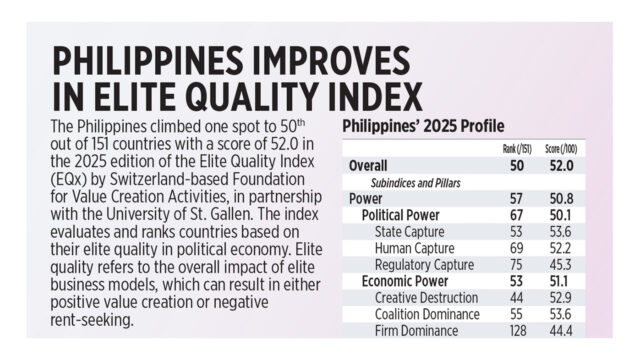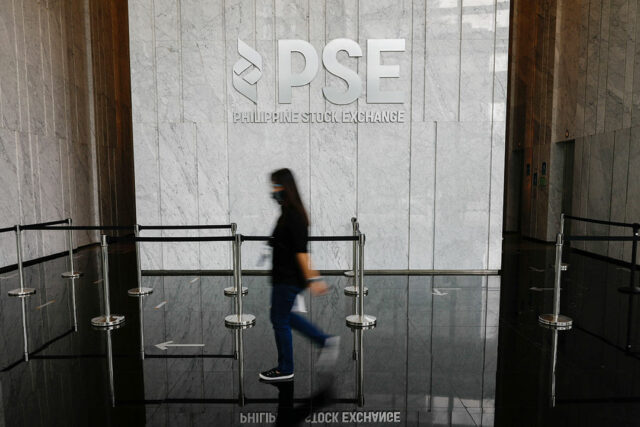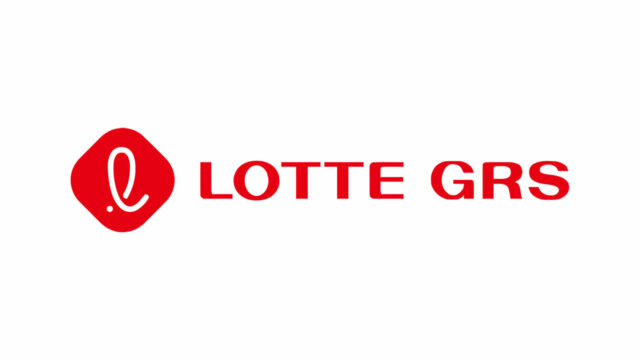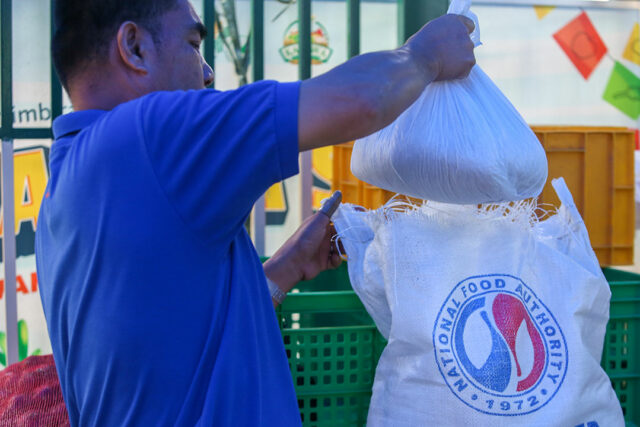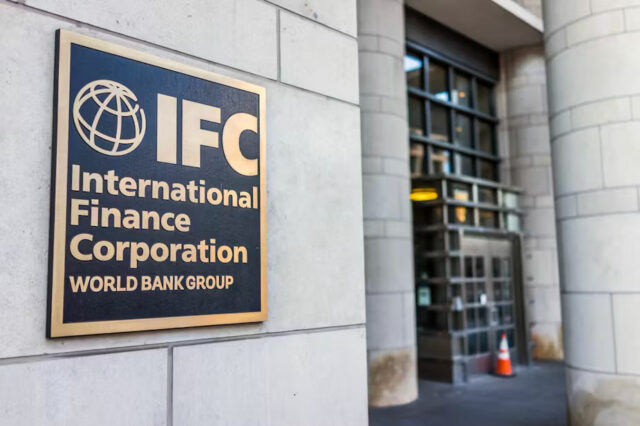THE DISTANCE to recycling centers is keeping plastic waste in the provinces from being processed, according to a fintech offering a global plastic deposit program.
Rene Guarin, Plastic Bank vice-president for the Asia-Pacific region, said the dearth of recycling centers points to an opportunity to tap public-private partnerships (PPP) and blended finance to enable broader compliance with the Expanded Producer Responsibility (EPR) law.
There’s a lot of plastics in the provinces. They just stay there because the main constraint is, “How do I bring this to recyclers if they’re far?” he added.
The expense of transporting plastics to processing facilities could exceed the value of the waste, he noted.
The EPR law requires companies to manage the entire life cycle of their plastic packaging, including disposal. It set a recovery rate target of 80% for all plastic packaging.
“I think if you take a look at recycling industry, not much investment is really coming in,” he said on the sidelines of an EPR event with Philippine companies.
“If there are no bailing machines or crushers, the cost of transport is really higher than the market value,” he said, citing feedback from waste collectors.
“Then the recyclers say, we have the machines, but sometimes our machines need to be upgraded so that they would meet international standards,” Mr. Guarin said.
“For each market, there are different standards, different kinds of machines are needed,” he added.
Mr. Guarin said PPPs and blended finance — which involves pooling public funds and private philanthropy — are key to helping recyclers upgrade their facilities and equipment, as an alternative to commercial bank financing.
“Right now, their investment is really coming from their own funds. If there’s a PPP, that would reduce the cost of money for them to upgrade and expand their capacity,” he said. “That would bring in more recycling in the Philippines.”
Mr. Guarin also cited the need to mainstream blended finance to reduce the burden of loan financing with grants.
“It’s been practiced in other countries,” he added.
“But if you talk to processors, they don’t have any idea because nobody has approached them (with such a scheme) in the Philippines.”
Plastic Bank has a traceable recycling system supported by the blockchain. Garbage collectors, for instance, can exchange the plastic they collect for either cash or social benefits such as health insurance, grocery vouchers and school supplies.
Plastic Bank, a Canadian fintech, sells on the materials it collects to large brands for use as recycled materials.
“We add value to the plastic we sell. We call our material social plastic,” Founder and Chief Executive Officer David Katz said.
“It’s collected by everybody. It’s for everybody.”
Plastic Bank offers solutions in the form of plastic credits to help Philippine companies achieve their 80% recovery rate by 2028.
The EPR law requires all companies with assets exceeding P1 billion to implement EPR programs.
Mr. Guarin said companies may not be able to meet the 80% recovery rate if they do not pay equal attention to waste reduction or using recycled plastic in their packaging.
“This is the experience of other countries. They say that once it hits around 60%, it’s hard to collect that volume for compliance,” he said.
“That’s where the other part of the approach comes in, which is the reduction side.”
“Part of that reduction is you use recycled materials so that that would be deducted from the plastic that was asked of you to recover,” he explained.
“A good combination of recovery and using recycled materials would allow companies to meet that 80% requirement,” he added.
Meanwhile, Canadian Chamber of Commerce of the Philippines President Christopher A. Ilagan called for more incentives for EPR activities including tax deductions for conducting research and development, in order to aid in compliance.
He backs a duty-free import scheme for equipment and green lanes for sustainable inputs, among others.
“Building material recovery facilities, upgrading waste management systems, and deploying traceability technologies are capital intensive,” he said.
“Incentivizing infrastructure investment ensures that EPR is not just a compliance exercise, but also a catalyst for industrial transformation,” he added.
“True circularity begins with design. Companies that invest in packaging that is recyclable, reusable, or made from recycled content should be recognized.” — Kyle Aristophere T. Atienza

